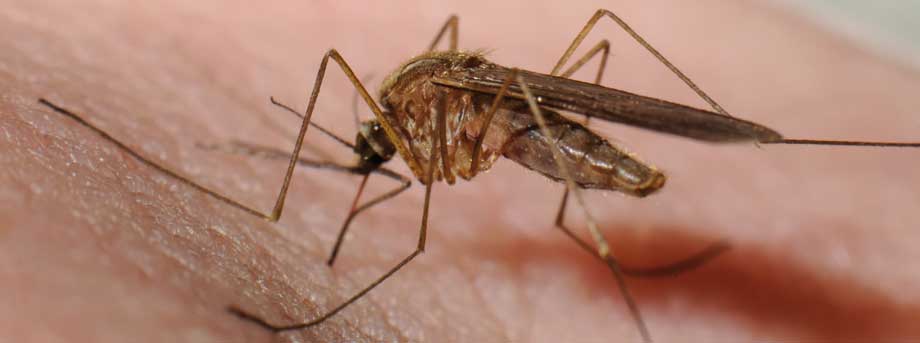Biting back
November 2nd, 2010

Malaria kills a million children each year. Research carried out at the University could help develop cheap and effective drugs to combat the disease.
Scientists have pinpointed the 72 molecular switches that control the three key stages in the life cycle of the malaria parasite — discovering that more than third of these switches can be disrupted in some way.
It marks a significant breakthrough in the search for cheap and effective vaccines and drugs to stop the transmission of a disease which kills up to a million children a year.
The research is funded by Wellcome Trust and the Medical Research Council (MRC) and is carried out at The University of Nottingham and the Wellcome Trust Sanger Institute.
Until now little has been known about the cellular processes involved in the development of this deadly disease. The research, published in the journal Cell Host & Microbe, involved the very first comprehensive functional analysis of protein kinases in any malaria parasite. It is also the largest gene knock-out study in Plasmodium berghei — a malaria parasite infecting rodents.
Dr Rita Tewari in the University’s School of Biology led the research. “Blocking parasite transmission is recognised as an important element in the global fight to control malaria,” she said. “Kinases are a family of proteins which contribute to the control of nearly all cellular processes and have already become major drug targets in the fight against cancer and other diseases.
“Now we have identified some key regulators that control the transmission of the malaria parasite. Work to develop drugs to eradicate this terrible disease can now focus on the best targets.
“This study shows how systematic functional studies not only increase our knowledge in understanding complexity of the malaria parasite development but also gives us the rational approach towards drug development.”
The life cycle of the malaria parasite is complex. Once the mosquito has feasted off infected blood, fertilisation takes place within the mosquito. The deadly parasites are then injected back into another host in large numbers when the mosquito bites again. Once inside its mammalian host the parasite first infects the liver where it replicates again. After 48 hours millions of parasites are released into the red bloods cells of its host where they attack in vast numbers overwhelming their host producing high fever and sickness.
Tags: Cell Host & Microbe, Dr Rita Tewari, Malaria, Medical Research Council, molecular switches, parasite, protein kinases, School of Biology, Wellcome Trust
Leave a Reply
Other News

Need news? See you on SharePoint
After 14 years of service, Campus News is being retired as the university’s staff news platform. […]

Roads and car parks closed for refurbishing work
As part of ongoing road improvements at the university, works will be taking place to resurface […]

